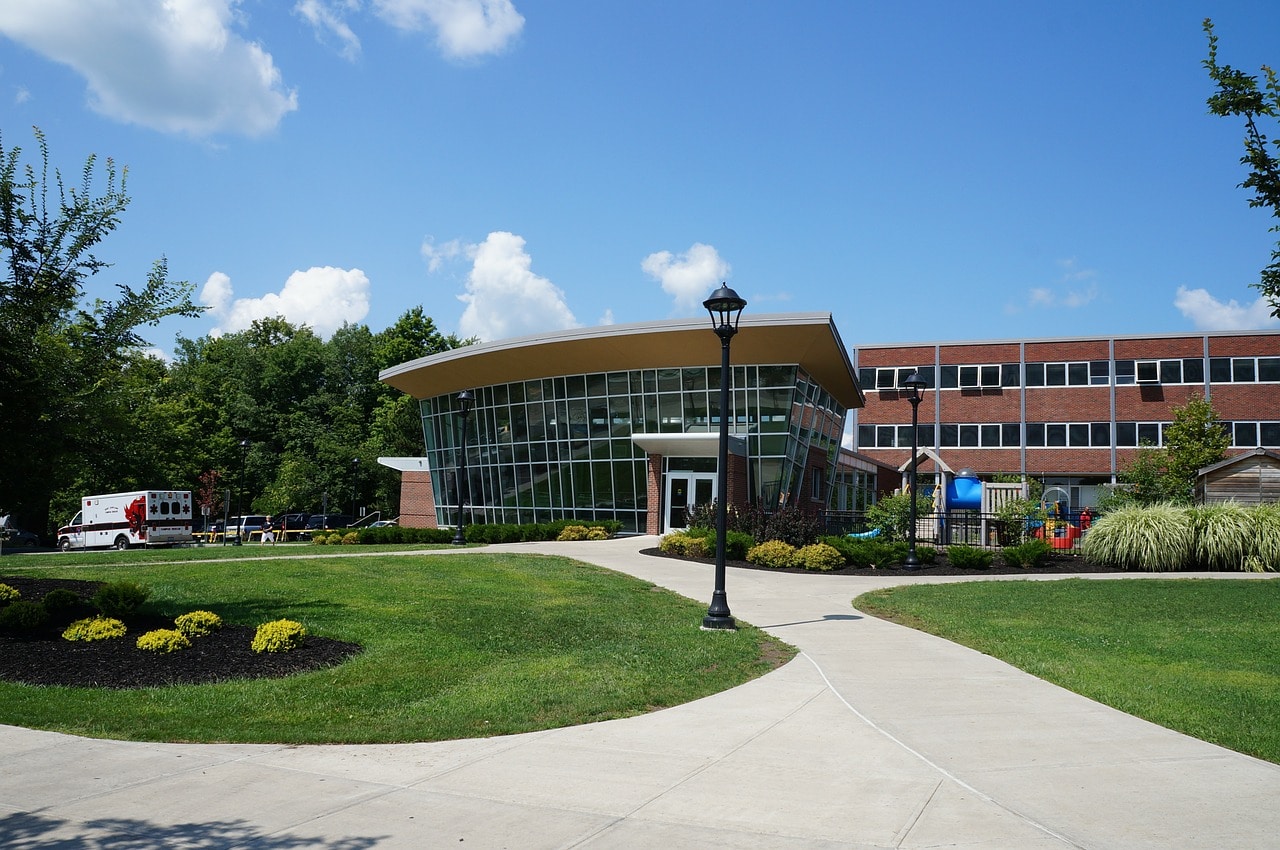
The Atlantic hurricane season is just getting underway, which means there’s likely to be an increase in hurricane activity throughout states that have an Atlantic coastline. While residents of Florida and states along the Gulf Coast are likely used to making preparations for this type of weather event, everyone in a coastal region should take concrete steps to protect their property and improve safety conditions for themselves and others.
There are a variety of precautions and building improvements that residents and building owners should be aware of. Hurricane-resistant windows and doors, along with hurricane-resistant safe rooms, are essential parts of any extreme weather protection plan. If you’re interested in learning more about these concepts and the potential impact of hurricanes during this time of year and beyond, here’s a rundown of the essential information.
Deadly Hurricanes Can Occur Anytime
The Atlantic hurricane season usually starts when the water in the Atlantic Ocean begins to warm up. So many of the most deadly and damaging hurricanes tend to pop up during the spring and early summer months.
However, that doesn’t mean that this is the only time that hurricanes can occur. All that needs to happen in order for a hurricane to form is for a warm front to hit a low-pressure system over the ocean. As the warm air rises away from the surface of the water, it leaves a low-pressure zone that allows for increased movement. That movement can lead to what’s called a tropical cyclone that spins and forms an eye in the center of the storm. As the storm continues to spin, it can gain speed and become larger and stronger. And over time it can move toward land. Once it makes landfall, that’s when it can start to do extreme damage to homes, businesses, government buildings, and even infrastructure.
Basically, any area with a coastline near the ocean can potentially sustain hurricane damage. And those hurricanes, while more likely to occur during the warmer months, can cause damage at any time.
How Much Damage Can Hurricanes Cause to Your Business
Hurricanes can cause significant damage to a variety of structures. They can knock down buildings, cause serious flooding and water damage, and even lead to physical injury or loss of life. But they can be particularly harmful to businesses. In fact, 40 percent of small businesses never reopen after sustaining damage from a hurricane or another type of natural disaster.
The combination of physical damage to the structure, the lengthy insurance claims filing process necessary to rebuild in an affordable way, and the impact on the community surrounding the storm damage can make the process of getting up and running again quite difficult. So even though many try to make it work, it can be very difficult for businesses to make it through the rebuild process at all.
To get an idea of how much damage a hurricane can cause, it may help to look at examples of past storms. Hurricane Katrina was one of the most deadly and damaging hurricanes in U.S. history. That storm killed 1,200 people and ruined thousands of homes and buildings in multiple states. More recently, Hurricane Maria caused billions of dollars worth of damage to structures, mainly in Puerto Rico. Of course, the economic impact of hurricanes, especially as they relate to businesses, is an important consideration. But the safety concerns and potential loss of life are much more important.
Security Measures to Help Protect Against Hurricane Damage
Building protection against hurricanes can take many forms. You can work to shore up the exterior of a structure, as well as provide a safe haven in the interior for extreme situations. Exterior and structural elements are mainly intended to protect buildings and property. For example, hurricane windows and doors that are tested to Miami-Dade standards can provide some exterior and structural protection against hurricane threats.
Then there are hurricane-safe rooms, which can provide extra protection inside a building or structure so that people have a safe area to wait out a storm, without having to worry about building damage, flooding, or impact from debris. These structures are meant to provide near-absolute protection from extreme weather threats. So they need to be able to withstand rigorous testing standards that mimic the conditions of storms like hurricanes and tornadoes.
Hurricane-Proof Safe Rooms Can Make Your Building Safer
Even though there are a ton of economic concerns that go along with hurricane protection, the most important thing to consider is personal safety. That’s what hurricane-proof safe rooms are ultimately there to provide. Even if the exterior of a structure sustains damage, the safe room structure should provide protection for the people inside.
These structures are made from materials that are able to withstand pressure from high winds and water, as well as impact from flying debris. So it should not sustain major damage during a storm, which should allow everyone inside to avoid serious injury.
If you are considering building a hurricane-safe room meeting FEMA361 standards contact Insulgard today to request a quote. We offer a wide array of security products designed to promote safety and provide protection against everything from extreme weather to ballistics.
Our line of StormDefend impact-resistant products includes hurricane windows and doors, glazing products, and safe room systems. All of our products are tested to meet FEMA standards, which means they need to provide near-absolute protection from wind, impact, and other weather-related threats.
Our team can walk you through all of the hurricane protection options to help you find the solutions that are most suited to your building and your budget. All of our StormDefend solutions can give you peace of mind during hurricane season and beyond. Contact our team to learn more or request a quote.

